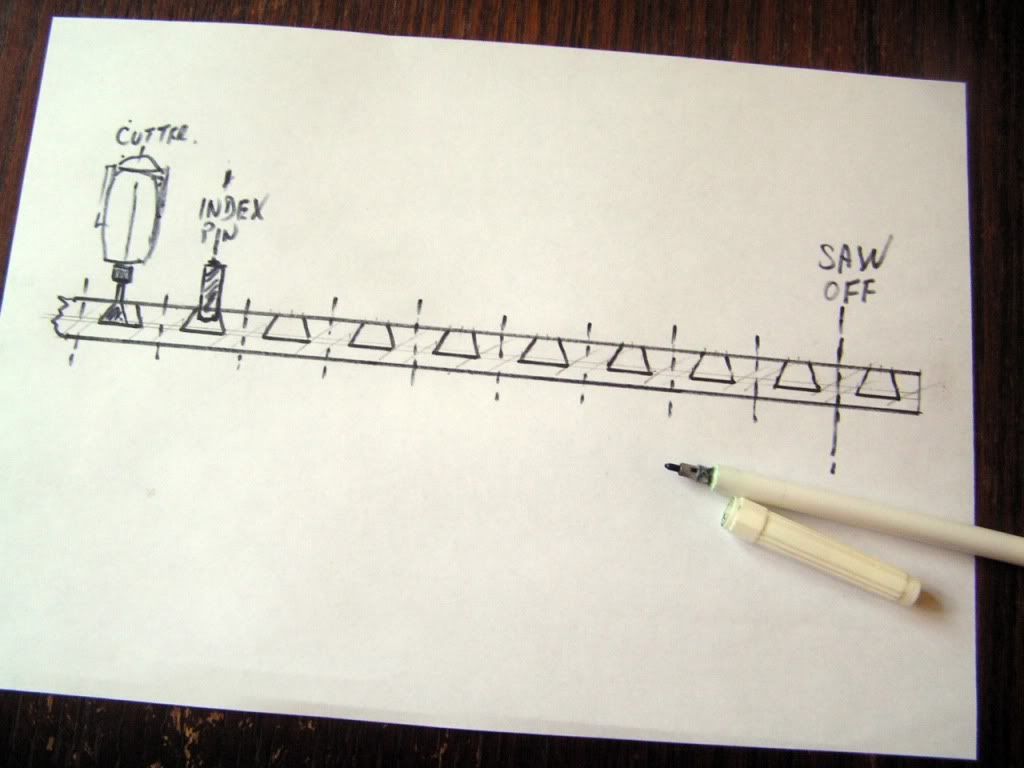Timbuck
Well-known member
I've noticed that "Martin" heel blocks have the grain running horizontal..I suppose thats the strongest way to do dovetails or splines..I have been making e'm with the grain vertical up to now, and I have had a couple split down the centre when clamping ...another thing learned.
...another thing learned.

